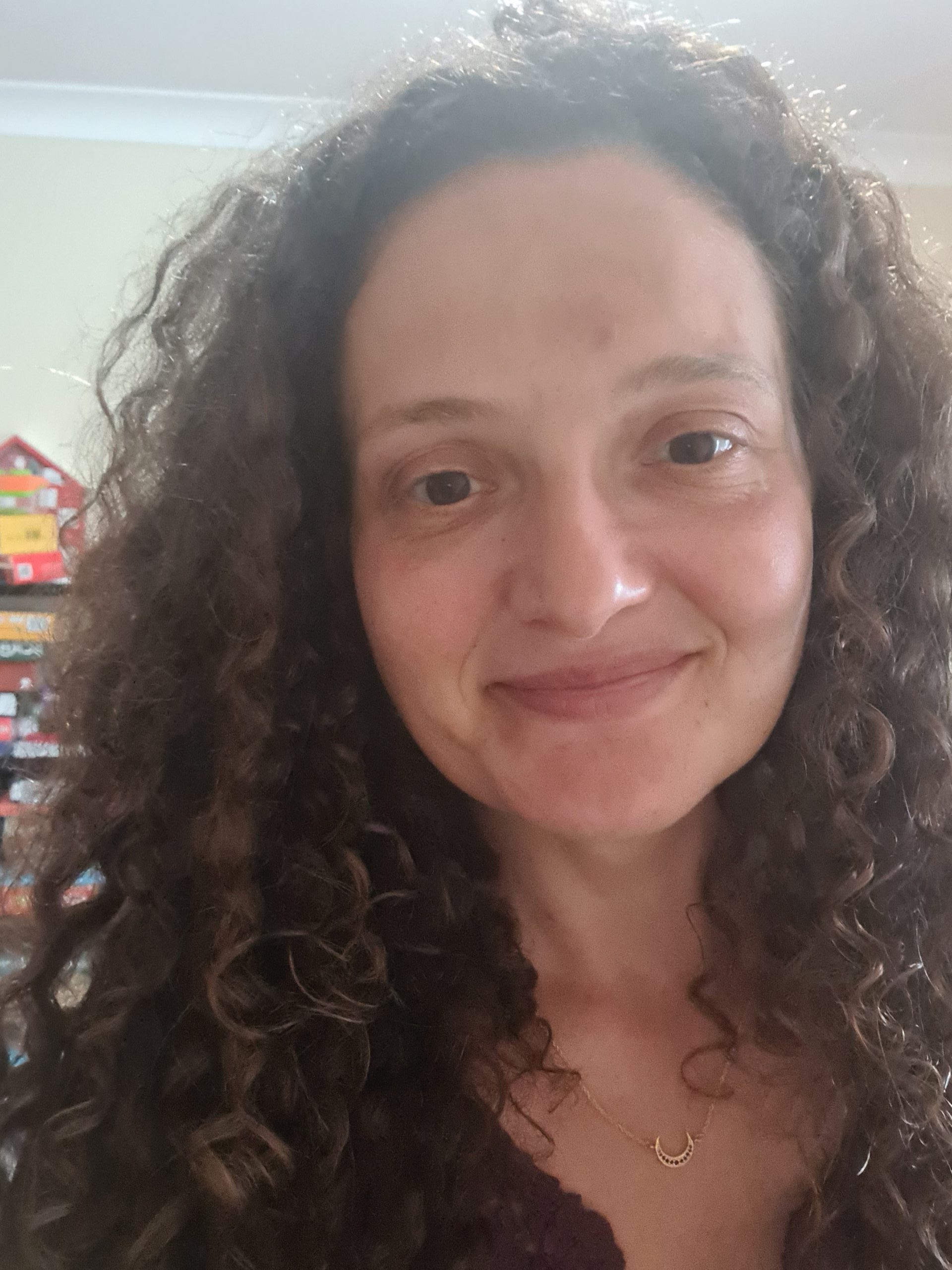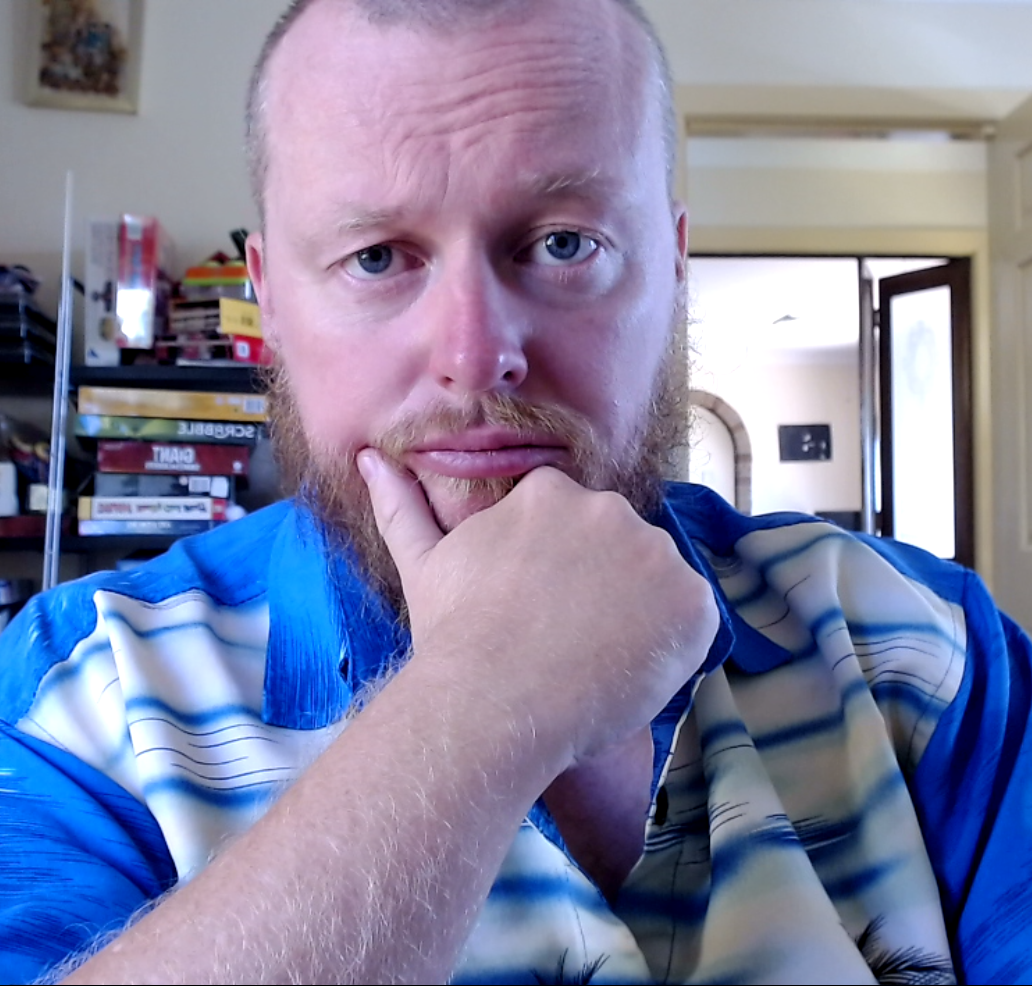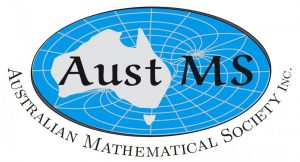“As a physicist, being around mathematicians was very helpful
because they could help me understand mathematical concepts
I was unfamiliar with.”
Alyshah Ladhu, Monash University
Lecturers
Dr Valentina-Mira Wheeler, University of Wollongong
Dr Glen Wheeler, University of Wollongong
Synopsis
Mean curvature flow is probably one of the ”celebrity” flows in the study of geometric flows since its introduction by Mullins in ’56. Geometrically the flow changes a surface by moving each point by the mean curvature at that point in the direction of its normal. From the perspective of partial differential equations it is a nonlinear parabolic differential equation. Notably the flow is the heat flow for immersions making it the go to flow for applications of minimisation problems, given its long time solution when it exists is a minimal surface. The course is designed to give an overview of the main properties of the flow and applications and focus on some particular famous proofs in different settings.
Course Overview
Lectures are an hour each.
Week 1.
- Lecture 1: Defining the flow and giving prerequisites
- Lecture 2,3: Finishing prerequisites, Examples of objects moving under mean curvature flow, history with different settings, mean curvature flow as an optimisation problem
- Lecture 4: Evolution equations
- Lecture 5: Maximum principle, Example of using them for the preservation of mean convexity
- Lecture 6: Monotonicity formula, depending on cohort could also do the rescaled version.
- Lecture 7 – Free discussion – Tutorial.
Week 2.
- Lecture 8-11: Study of entire graphs moving by mean curvature flow. We follow the details of Huisken and Ecker paper [3]. We prove height, gradient and curvature, the use of the monotonicity formula to prove a maximum principle in the non compact entire setting. We study the convergence and look at the counterexample
to it if the initial growth is removed. We also look at the second paper on interior estimates of the same setting [4]. - Lecture 12-13: Start of Convex hypersurfaces contracting to round points. We go in detail through the seminal paper of Huisken [7] working through the use of evolutions, introduction and use of the tensorial maximum principle.
- Lecture 14 – Free discussion – Tutorial.
Week 3.
- Lecture 15-19: Completion of the Convex hypersurfaces contracting to round point. Estimates, Stampachia iteration, rescalling and convergence.
- Lecture 20 – Free discussion – Tutorial.
- Lecture 21: Non parametric mean curvature flow setting of Huisken [8]. Obtaining the non parametric setting, evolutions in the PDE setting, estimates and convergence of the Neumann and Dirichlet boundary problems in the cylinder.
Week 4.
- 22-23. Non parametric mean curvature flow setting of Huisken [8]. Obtaining the estimates and convergence of the Neumann and Dirichlet boundary problems in the cylinder. Note: Adjustment on time: In case of shortage of time the non-parametric setting and the assessment on it, will be removed.
- Lecture 24-27: Asymptotic behaviour for singularities of the mean curvature flow. We work through the results of Huisken in [9], the use on the monotonicity formula, Types of Singularities. Classification of singularities.
- Lecture 28 – Free discussion – Tutorial.
Prerequisites
- Multivariable Calculus, Differential equations, Differential Geometry (to help with a refresher there will be a 2 hour overview of this).
Assessment*
The course will be 3 take home assignments, 4 online quizzes and one final exam. Each Assignment is worth
10% of the final mark for the subject and each quiz is worth 5% of the final mark for the subject. The final exam
has 50% weight.
- Assignment 1. Time frame- out end of week 1 and delivered back end of week 2. Assignment 1 will have exercises from geometry and small examples like cylinder, basic computations as for example Laplacian of position vector is the Mean curvature vector, catenoid is minimal, and evolution equation, preservation of starshaped.
- Assignment 2. Time frame- out end of week 2 and delivered back end of week 3. Assignment 2 will focus on use of evolution equations in the proof of the entire graphs long time existence and contraction of convex hypersurfaces to round points.
- Assignment 3. Time frame- out end of week 3 delivered back end of week 4. Assignment 3 will contain questions related to non parametric setting and asymptotic behaviour for singularities.
- Weekly Quizzes. The quizzes will have 2-3 short questions that students will answer online, testing material of the week running and the previous week. They will be designed with a timer of one hour after accessing the questions.
- Final exam. Final exam will test the entire content and will have overlap with all 3 assignments.
(*Assessment components may be subject to change)
Attendance requirements
- For those completing the subject for their own knowledge/interest, quizzes must be completed as an attendance requirement
Resources/pre-reading (if available)
(Not an exhaustive list)
- Pre course.
- Books on Differential and Riemnannian Geometry as Do Carmo [1] and on partial differential equations as Evans [5].
- During course.
- Book on Mean curvature flow by Ecker [2]. Research articles [3], [4], [6], [9], [8] and the references therein.
References
- [1] M.P. Do Carmo. Riemannian geometry. Birkhauser, 1992.
- [2] K. Ecker. Regularity Theory for Mean Curvature Flow. Birkhauser, 2004.
- [3] K. Ecker and G. Huisken. Mean curvature evolution of entire graphs. Ann. of Math. (2), 130(2):453–471, 1989.
- [4] K. Ecker and G. Huisken. Interior estimates for hypersurfaces moving by mean curvature. Invent. Math., 105(1):547–569, 1991.
- [5] Lawrence C Evans. Partial differential equations. Graduate studies in mathematics, 19(4):7, 1998.
- [6] G. Huisken. Flow by mean curvature of convex surfaces into spheres. J. Differential Geom., 20(1):237–266, 1984.
- [7] G. Huisken. Contracting convex hypersurfaces in Riemannian manifolds by their mean curvature. Invent. Math., 84(3):463–480, 1986.
- [8] G. Huisken. Non-parametric mean curvature evolution with boundary conditions. J. Differential Equations, 77:369–378, 198
Not sure if you should sign up for this course?
Take this quiz and look at some of the expected foundational skills in this topic
Dr Valentina-Mira Wheeler
University of Wollongong

I am a geometric analyst specialising in elliptic and parabolic partial differential equations. I possess additional extensive training in differential geometry, calculus of variations, dynamical systems, general relativity and functional analysis. Several of my projects have direct applications to bush fire modelling and biological membrane modelling.
Born in Romania, I have completed my training in both Romania and Germany where I have acquired my interest in curvature flows and applications in the group of Klaus Ecker at Freie University Berlin.
Since 2012 I have joined the staff at Wollongong University, the place that I call now home. I am a proud activist of Equity and Equality in mathematical sciences and since 2018 a DECRA Fellow of the Australian Research Council, studying partition problems through curvature flows and their applications to fire line modelling.
Dr Glen Wheeler
University of Wollongong

I’m an 80s baby, and a lot of my biggest mathematical influences were born at the same time as me. I grew up in rural NSW and left school early to run a computer business. After university, then industry, then university again, I started a PhD on fourth-order geometric evolution equations with a non-local term. Since then I’ve branched out into many areas within geometric analysis, with most of what I’ve done under the umbrella of “the study of curvature”. There are many real-world applications of what I do, perhaps one of the most striking is on the shape of human red blood cells used in understanding hereditary blood diseases, such as sickle cell anaemia and spherocytosis.
But truly, what I love to do is better understand mathematics itself, and to teach that understanding to others. There is just so much left to do and learn.



